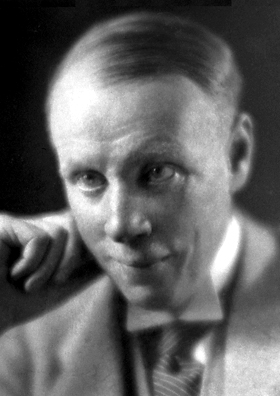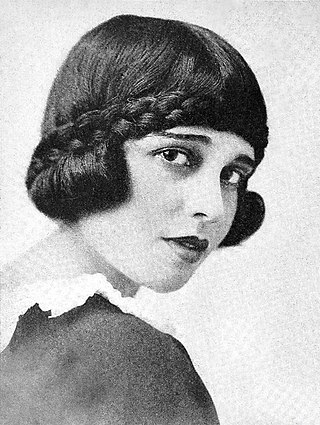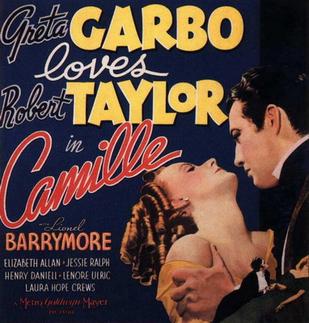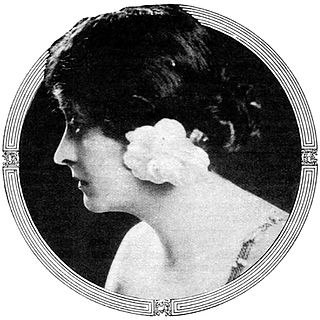
Theodore Herman Albert Dreiser was an American novelist and journalist of the naturalist school. His novels often featured main characters who succeeded at their objectives despite a lack of a firm moral code, and literary situations that more closely resemble studies of nature than tales of choice and agency. Dreiser's best known novels include Sister Carrie (1900) and An American Tragedy (1925).

Harry Sinclair Lewis was an American novelist, short-story writer, and playwright. In 1930, he became the first author from the United States to receive the Nobel Prize in Literature, which was awarded "for his vigorous and graphic art of description and his ability to create, with wit and humor, new types of characters." Lewis wrote six popular novels: Main Street (1920), Babbitt (1922), Arrowsmith (1925), Elmer Gantry (1927), Dodsworth (1929), and It Can't Happen Here (1935).

Corinne Anita Loos was an American actress, novelist, playwright and screenwriter. In 1912, she became the first female staff screenwriter in Hollywood, when D. W. Griffith put her on the payroll at Triangle Film Corporation. She is best known for her 1925 comic novel, Gentlemen Prefer Blondes, her screenplay of the 1939 adaptation of The Women, and her 1951 Broadway adaptation of Colette's novella Gigi.
The Lady of the Camellias, sometimes called Camille in English, is a novel by Alexandre Dumas fils. First published in 1848 and subsequently adapted by Dumas for the stage, the play premiered at the Théâtre du Vaudeville in Paris, France, on February 2, 1852. It was an instant success. Shortly thereafter, Italian composer Giuseppe Verdi set about putting the story to music in the 1853 opera La traviata, with female protagonist Marguerite Gautier renamed Violetta Valéry.

Zoe Byrd Akins was an American playwright, poet, and author. She won the 1935 Pulitzer Prize for drama for The Old Maid.

The Smart Set was an American monthly literary magazine, founded by Colonel William d'Alton Mann and published from March 1900 to June 1930. Its headquarters was in New York City. During its Jazz Age heyday under the editorship of H. L. Mencken and George Jean Nathan, The Smart Set offered many up-and-coming authors their start and gave them access to a relatively large audience.

Aileen Pringle was an American stage and film actress during the silent film era.

Camille is a 1921 American silent drama film starring Alla Nazimova as Marguerite and Rudolph Valentino as her lover, Armand. It is based on the play adaptation La Dame aux Camélias by Alexandre Dumas, fils, which was first published in French as a novel in 1848 and as a play in 1852. Camille is one of numerous screen adaptations of Dumas, fils' story. The film is set in 1920s Paris, whereas the original version takes place in Paris in the 1840s. It has lavish Art Deco sets; Rudolph Valentino later married the film's art director, Natacha Rambova.

Camille is a 1936 American romantic drama film from Metro-Goldwyn-Mayer directed by George Cukor, and produced by Irving Thalberg and Bernard H. Hyman, from a screenplay by James Hilton, Zoë Akins, and Frances Marion. The picture is based on the 1848 novel and 1852 play La dame aux camélias by Alexandre Dumas, fils. The film stars Greta Garbo, Robert Taylor, Lionel Barrymore, Elizabeth Allan, Jessie Ralph, Henry Daniell, and Laura Hope Crews. It grossed $2,842,000.

Camille is a 1915 American silent film based on the story La Dame aux Camélias by Alexandre Dumas, fils, first published in French as a novel in 1848 and as a play in 1852. Adapted for the screen by Frances Marion, Camille was directed by Albert Capellani and starred Clara Kimball Young as Marguerite Gautier and Paul Capellani as her lover, Armand.

Camille is a 1917 American silent film based on the play adaptation of La Dame aux Camélias by Alexandre Dumas, fils, first published in French as a novel in 1848 and as a play in 1852. Adapted for the screen by Adrian Johnson, Camille was directed by J. Gordon Edwards and starred Theda Bara as Camille and Albert Roscoe as her lover, Armand.

Camille is a 1984 television film based on the 1848 novel and play La Dame aux Camélias by Alexandre Dumas, fils. It was adapted by Blanche Hanalis and directed by Desmond Davis. It stars Greta Scacchi, Colin Firth, John Gielgud, Billie Whitelaw, Patrick Ryecart, Denholm Elliott and Ben Kingsley.

Gentlemen Prefer Blondes: The Intimate Diary of a Professional Lady (1925) is a comic novel written by American author Anita Loos. The story follows the dalliances of a young blonde gold-digger and flapper named Lorelei Lee "in the bathtub-gin era of American history." Published the same year as F. Scott Fitzgerald's The Great Gatsby and Carl Van Vechten's Firecrackers, the lighthearted work is one of several famous 1925 American novels focusing on the carefree hedonism of the Jazz Age.

Les Trois Mousquetaires is a 1921 French silent adventure film serial directed by Henri Diamant-Berger based on the 1844 novel by Alexandre Dumas, père.

Ralph Waldo Emerson Barton was a popular American cartoonist and caricaturist of actors and other celebrities. His work was in heavy demand through the 1920s and has been considered to epitomize the era. Barton was nearly forgotten soon after his death, shortly before his fortieth birthday.
Events from the year 1864 in France.

The Bulwark is a 1946 (posthumous) novel by Theodore Dreiser.
Phantom of the Rue Morgue is a 1954 American mystery horror film directed by Roy Del Ruth and starring Karl Malden, Claude Dauphin and Patricia Medina. The film is an adaptation of Edgar Allan Poe's 1841 short story The Murders in the Rue Morgue.














